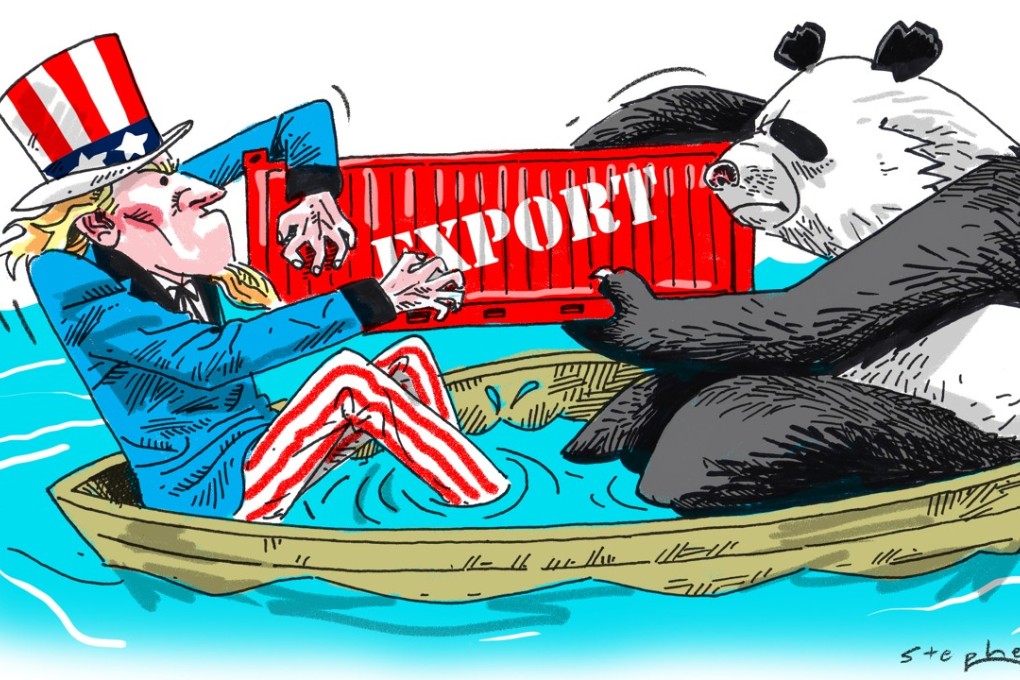Trade war revisited: a US clash with China won’t be like its 1980s feud with Japan
Robert Boxwell says that US companies can benefit from a trade war, just as they did from the clash with Japan in the 1980s. The effects of this dispute, though, are likely to be more painful than they were 30 years ago

In the 1980s, Japanese companies were clobbering American competitors across a variety of industries, their success due to a mix of innovative business practices and products, US arrogance and a weak yen. The latter, tolerated by successive American administrations as a cost of helping post-war Japan, was largely solved as part of the 1985 Plaza Accord.
The trade war with Japan had an upside for American industry: the quality movement that spread across the country, championed by Ronald Reagan’s Department of Commerce.

For a government that’s not in the business of business, it was the closest thing to a national economic policy many Americans had seen. Businesspeople, previously outraged by the Japanese “stealing” trade secrets, decided to join the club and took to “benchmarking” on an industrial scale, often with Japanese companies as their targets. The benefits of all that attention to quality were large and durable for US businesses and consumers. In the end, the “war” wasn’t very destructive.